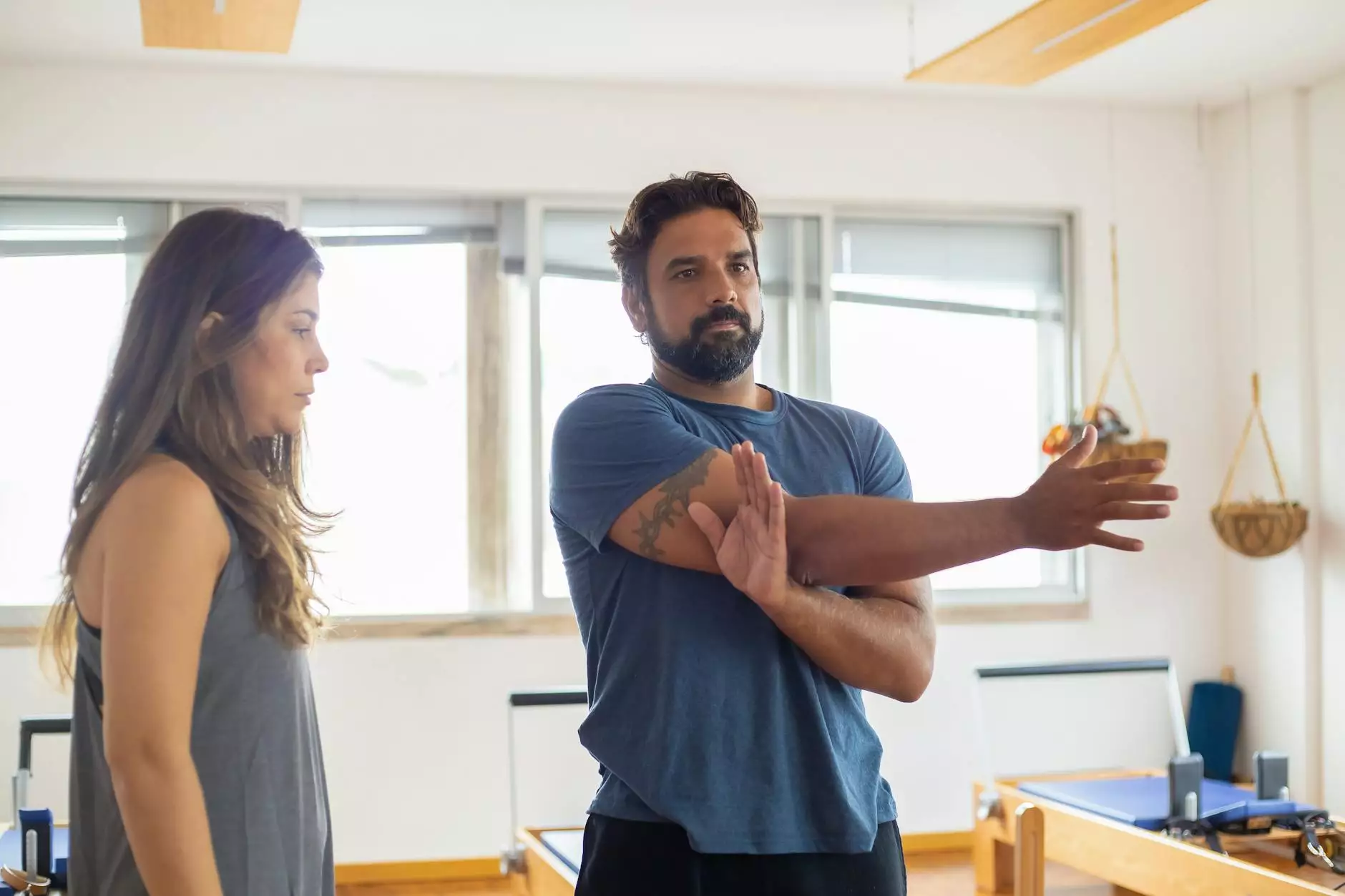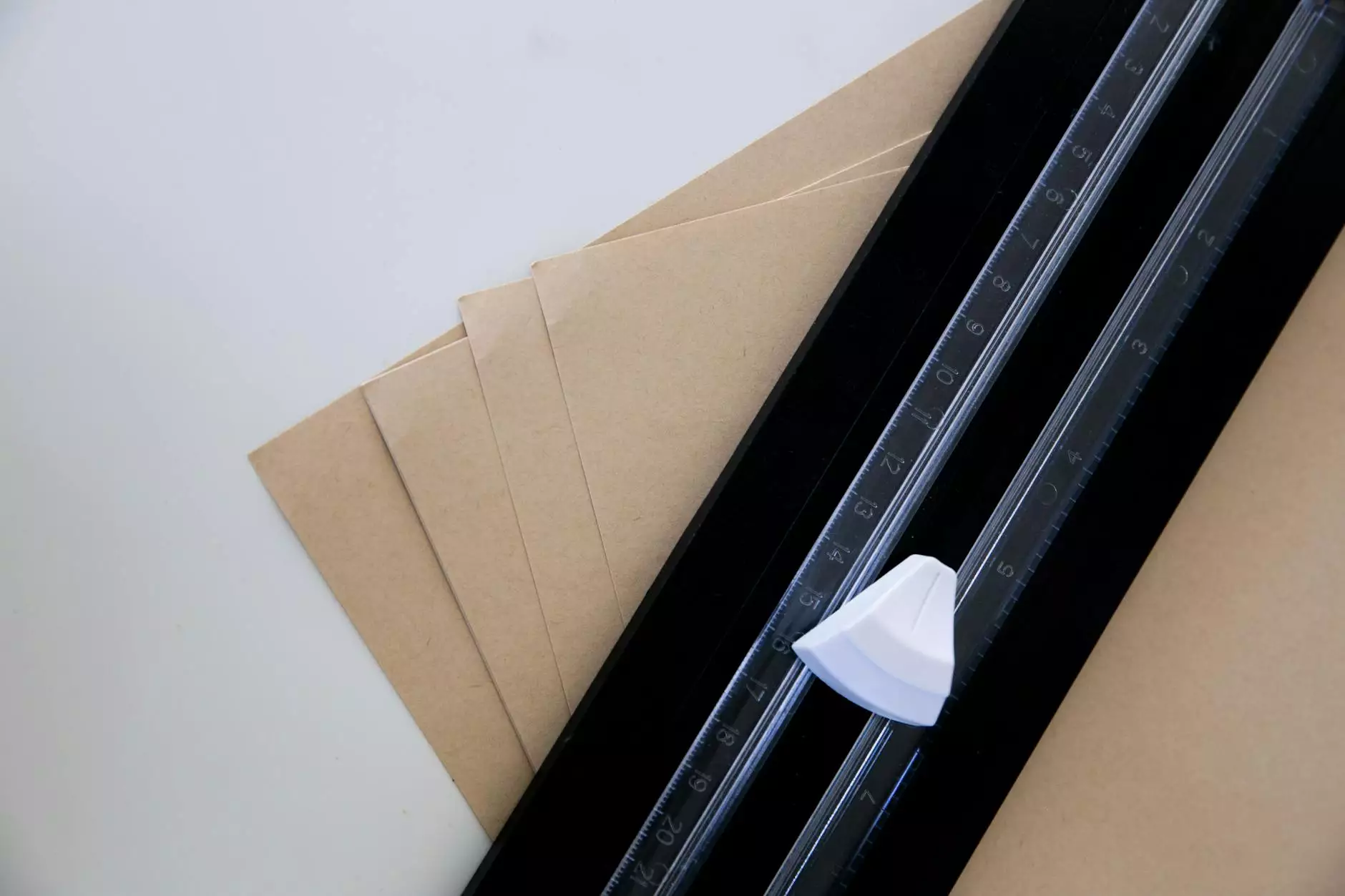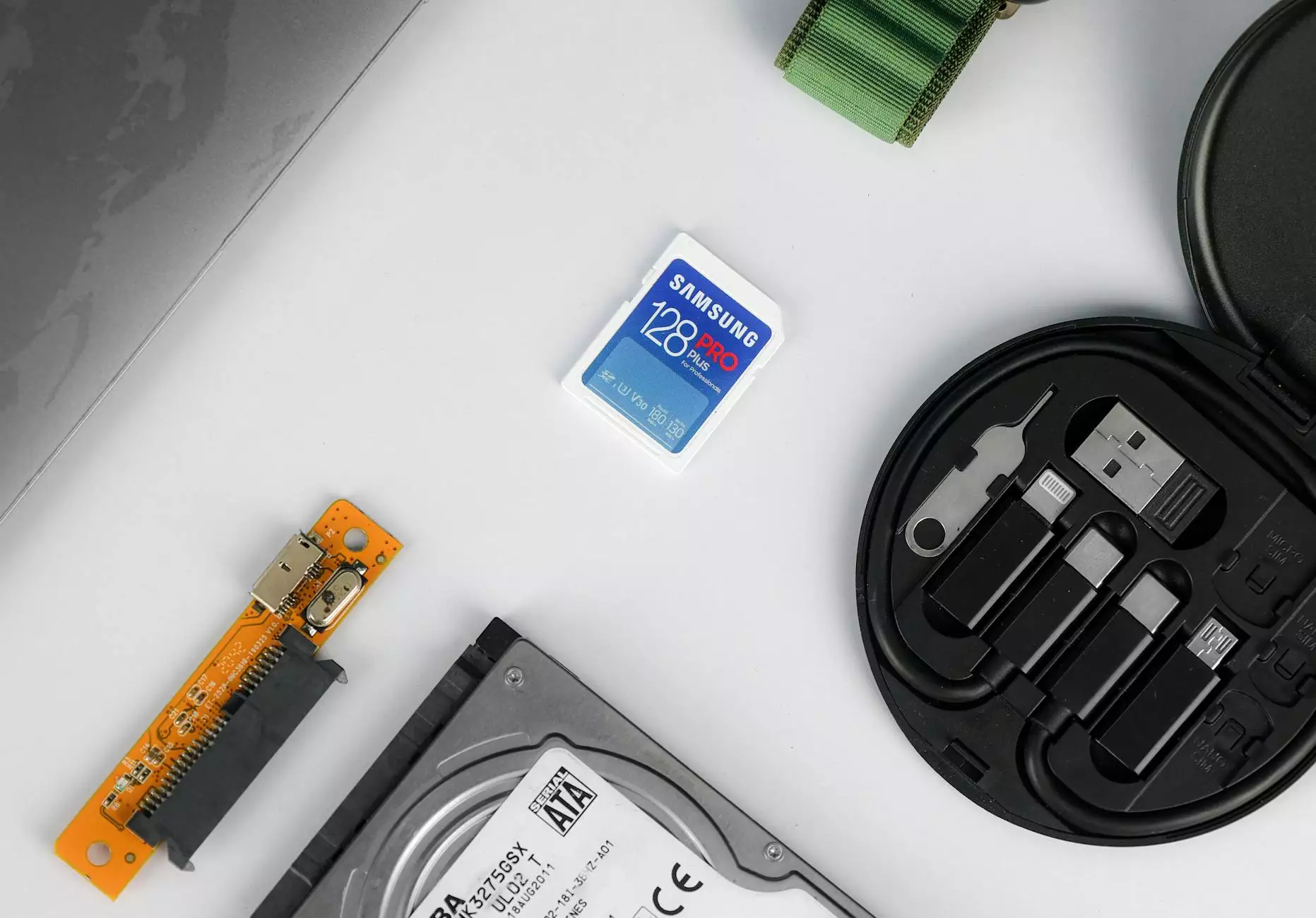Postnatal Pilates for Diastasis Recti: Healing and Strengthening Your Core

Understanding Diastasis Recti
Diastasis Recti is a condition characterized by the separation of the abdominal muscles, often occurring during pregnancy. The growing uterus exerts pressure on the abdominal wall, causing the rectus abdominis muscles to stretch and separate. This condition can persist even after childbirth, leading to various physical challenges, including lower back pain, poor posture, and difficulty in performing everyday activities.
While diastasis recti is a common issue for many postpartum individuals, it is essential to understand that it can be effectively managed and treated through targeted exercise. One particularly beneficial form of exercise for addressing this condition is postnatal pilates.
The Role of Postnatal Pilates in Recovery
Postnatal pilates focuses on gentle movements that emphasize core stability, body awareness, and alignment. These practices are designed to help restore strength and function to the abdominal muscles while being mindful of the changes your body has undergone during pregnancy and childbirth. Here’s why postnatal pilates is highly recommended for individuals recovering from diastasis recti:
- Core Strengthening: Pilates exercises engage the entire core, including the deep abdominal muscles that play a crucial role in stabilizing the pelvis and spine.
- Improved Posture: Many postnatal individuals experience changes in posture due to the physical adaptations of pregnancy. Pilates can help realign the body and promote better posture.
- Enhanced Body Awareness: Learning to connect with your body and understand its new dynamics is essential for recovery. Pilates teaches mindfulness in movement.
- Low Impact: These exercises are gentle and low-impact, making them suitable for postpartum recovery without exacerbating existing issues.
- Balanced Muscle Development: Pilates promotes the development of balanced muscle strength, reducing the risk of common postpartum injuries.
Essential Pilates Exercises for Diastasis Recti
Incorporating specific postnatal pilates exercises into your routine can significantly aid in the healing process of diastasis recti. Here are some key exercises to consider:
1. Pelvic Tilts
Pelvic tilts help to mobilize the spine and engage the core. Lie on your back with your knees bent, feet flat on the floor. Inhale as you arch your back slightly, and exhale as you flatten your back against the floor, pulling your belly button towards your spine.
2. Diaphragmatic Breathing
This fundamental exercise promotes relaxation and engages the deep core muscles. Sit or lie comfortably, place one hand on your chest and the other on your belly. Inhale deeply, allowing your belly to rise while keeping your chest still, and exhale slowly through your mouth.
3. Modified Side Plank
A modified side plank can effectively engage the obliques without putting too much pressure on the abdominal wall. Lie on your side with your knees bent. Prop yourself up on your forearm and lift your hips while keeping your knees on the ground.
4. Bridge Exercise
The bridge exercise strengthens the glutes and hamstrings. Lie on your back with your knees bent and feet flat on the floor, hip-width apart. Slowly lift your hips towards the ceiling while squeezing your glutes.
5. Cat-Cow Stretch
This exercise promotes flexibility in the spine and engages the core. Start on your hands and knees. Inhale as you arch your back (cow), and exhale as you round your back (cat).
Tips for Practicing Postnatal Pilates Safely
When starting with postnatal pilates, it’s crucial to keep the following tips in mind to ensure safety and effectiveness:
- Consult a Professional: Before starting any exercise regimen, consult with a healthcare provider or a certified postnatal pilates instructor to tailor a program that suits your specific needs.
- Start Slowly: Begin with basic exercises and gradually progress to more challenging movements as your core strength improves.
- Listen to Your Body: Pay attention to how your body feels during and after exercises. If something feels wrong, stop and reassess.
- Practice Regularly: Consistency is key in building strength and stability. Aim for short, regular sessions rather than long, infrequent ones.
- Focus on Quality Over Quantity: It’s better to perform fewer exercises with correct form than to do many repetitions incorrectly.
Additional Benefits of Postnatal Pilates
Beyond addressing diastasis recti, engaging in postnatal pilates offers several additional benefits, including:
- Stress Relief: Physical activity, coupled with focused breathing, can significantly reduce stress levels, enhancing mental well-being.
- Community and Support: Joining a postnatal pilates class often provides an opportunity to connect with other new parents, fostering a sense of community and support.
- Enhanced Mobility: Regular practice improves flexibility and mobility, making daily activities easier to perform.
- Restoration of Energy Levels: Exercise can boost energy levels, helping new parents cope with the fatigue that often accompanies newborn care.
- Encouragement of Healthy Habits: A structured exercise routine can motivate individuals to adopt other healthy lifestyle choices, including nutritious eating and sufficient hydration.
Finding the Right Pilates Class
If you’re interested in starting postnatal pilates, it’s essential to find a class that caters specifically to postpartum recovery and diastasis recti management. Here are some factors to consider when selecting a class:
- Qualifications of the Instructor: Ensure that the instructor is certified in postnatal pilates and understands the unique considerations required for postpartum bodies.
- Class Size: Smaller class sizes often allow for more personalized attention, which can be beneficial for mastering movements and techniques.
- Location and Convenience: Choose a class that fits your schedule and is conveniently located to make it easier to commit to your exercise routine.
- Class Format: Some people may prefer in-person classes for hands-on guidance, while others might opt for online classes for convenience and flexibility.
- Community Atmosphere: Look for a welcoming and supportive environment that encourages connection with other participants.
Conclusion: Empowering Your Postnatal Journey
Engaging in postnatal pilates for diastasis recti can be a transformative experience, empowering you to reclaim your strength, improve your posture, and foster a healthier connection with your body. Through careful, mindful practice, you can not only heal from diastasis recti but also enjoy the myriad benefits that come with embracing an active lifestyle post-baby.
Remember, every journey is unique, and with the right approach and support, you can achieve your fitness goals and enhance your overall well-being. Embrace your body’s changes and celebrate the progress you make along the way!
postnatal pilates diastasis recti








